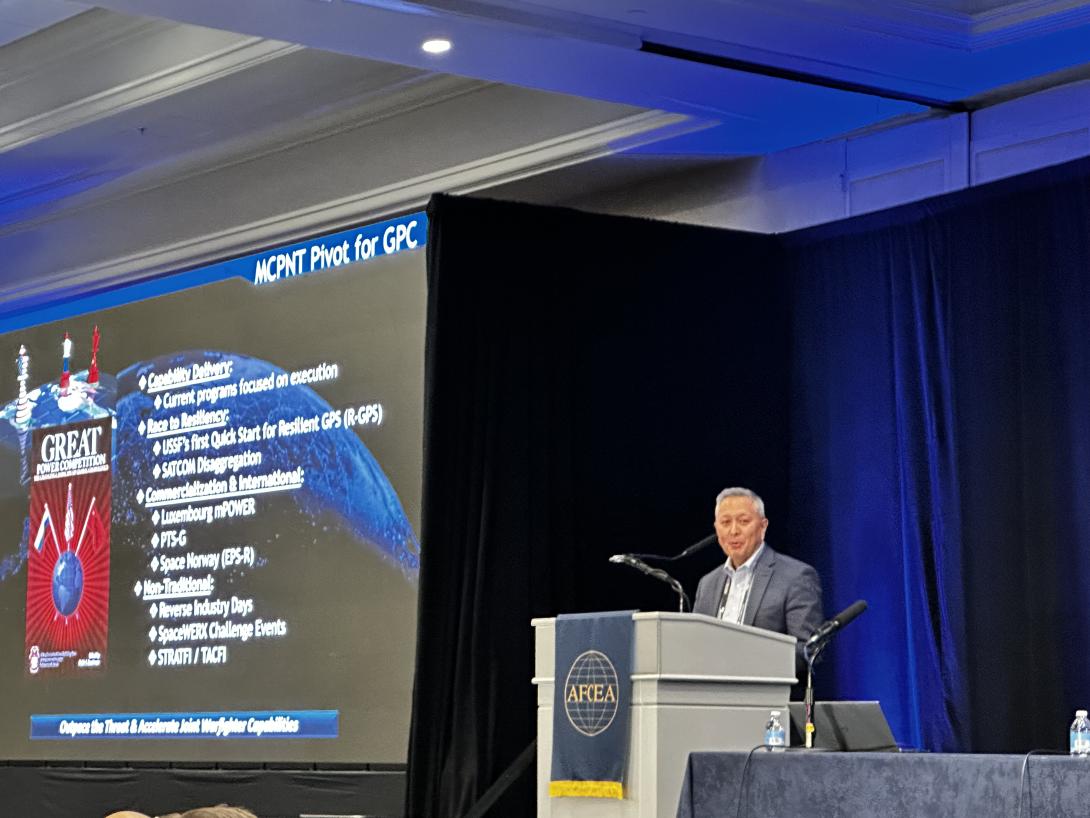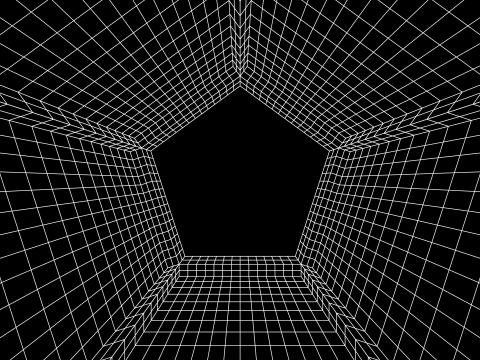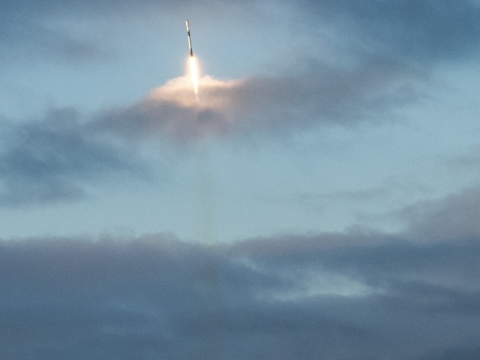M-Code Program Eyes Operations
The U.S. Space Force’s acquisition arm, the Space Systems Command (SSC), is continuing in its efforts to “fully populate” the military code, or M-Code, satellite constellation.
M-Code enables position, navigation and timing, or PNT, to warfighters in a contested environment, and it is a crucial mission technology for the United States to succeed in great power competition. The capability is especially important in the Indo-Pacific where troops and air power will be operating in smaller, more dispersed groups across the vast region.
The military GPS signals are encryted and resistant to jamming, and the M-Code receivers do not have to rely on other signals. Positioning can be determined through the M-Code alone. Moreover, the receivers are also able to detect and reject false signals. In addition, M-Code enables a so-called “over-the-air-rekey” capability for warfighters, an important security feature, according to the SSC.
Before retiring in June as the U.S. Defense Department’s chief information officer, John Sherman emphasized the importance of finishing the M-Code efforts.
“We are still pressing hard on capabilities to get M-Code, or military code, which is the newest type of GPS signal, into our critical weapons platforms and systems,” Sherman told SIGNAL Media.
For the SSC’s Program Executive Advisor (PEO) for Military Communications and Position, Navigation and Timing Cordell DeLaPena, finishing the M-Code roll out in 2025 is one of his main priorities and one of the priorities identified by Space Force leaders.
“M-Code is a specific military code for the military GPS signal, and it provides a level of anti-jam capability that allows users of GPS to get and operate within the threat ring in a pretty high-powered channel,” DeLaPena told reporters on Thursday at AFCEA Los Angeles’ Space Industry Days.
The acquisition arm has already fielded M-Code satellites, with 25 flying on orbit. “We're going to launch four more over the next year,” DeLaPena reported.
The SSC’s Next Generation Operational Control System (OCX) program will aid the command and control on the ground side. DeLaPena said he expects OCX to clear its last preparatory milestone—for readiness—before its transition to operations in 2025. “Operating testing starts next month for OCX,” he noted.
The final equipment fielding piece that the SSC is working on for M-Code is the user equipment, including receivers. “Those are the receivers that receive that very special M-Code signal,” DeLaPena continued. “Two-thirds of those, of the receivers, have been certified for integration.”
For the joint force, M-Code equipment is being integrated in several major warfighting platforms—including the U.S. Marine Corps joint light tactical vehicle (JLTV), the Army Stryker vehicle and the Gray Eagle UAV—and is a warfighting game changer.
“The ground platform is certified for use through testing on the Marines JLTV,” he noted. “And on the Army Striker, we just certified three weeks ago. And in September, I certified the maritime platform, which is the new Navy destroyer, the DDG.”
The Air Force platform proved to be more difficult. “The Air Force could not make a B-2 available to this program,” DeLaPena explained. “But the Army's ready to come right now with their unmanned aerial vehicle. So, we changed the platform from the B-2 to the Army Gray Eagle.”
In June, Sherman had suggested that it will take “creative thinking” on how different areas of the joint force can get M-Code on other platforms.
“We need to have that optionality for our pilots and our other warriors if they have to go into a contested environment—like what we've seen in Ukraine—and which would be vastly intensified in the western Pacific,” he said.
After almost four years, DeLaPena sees the finish line in sight. The M-Code effort first achieved operational acceptance in Fiscal Year 2021, and the SSC began to modernize M-Code receivers in 2022.




Comments